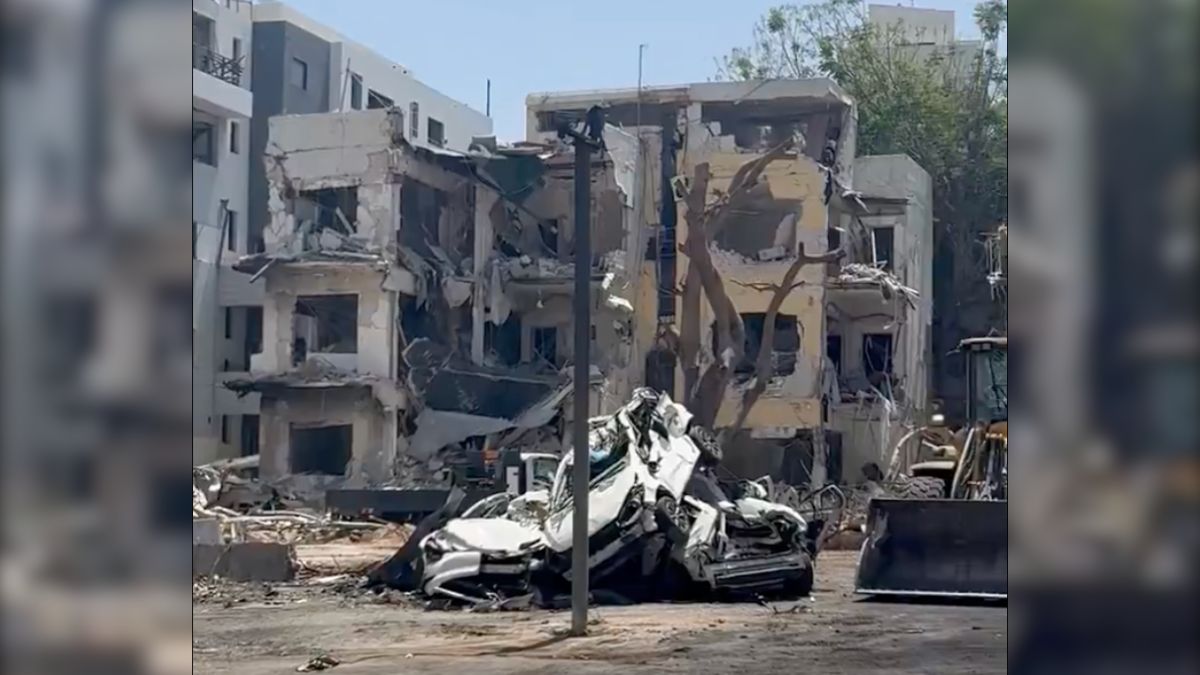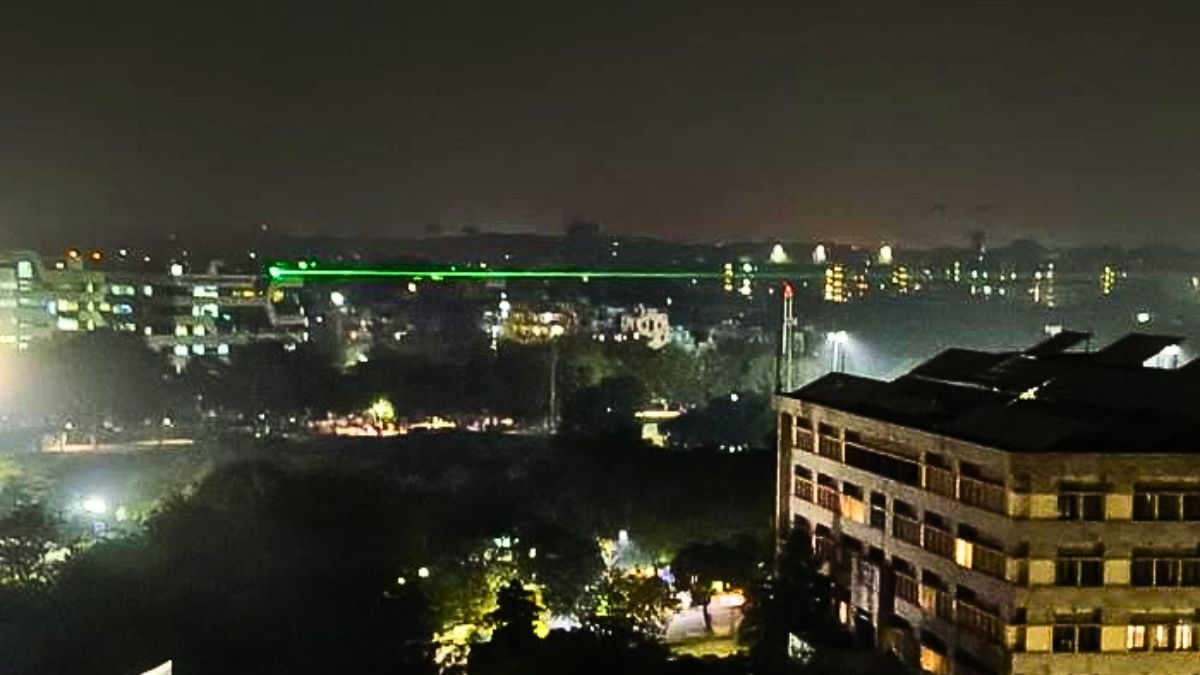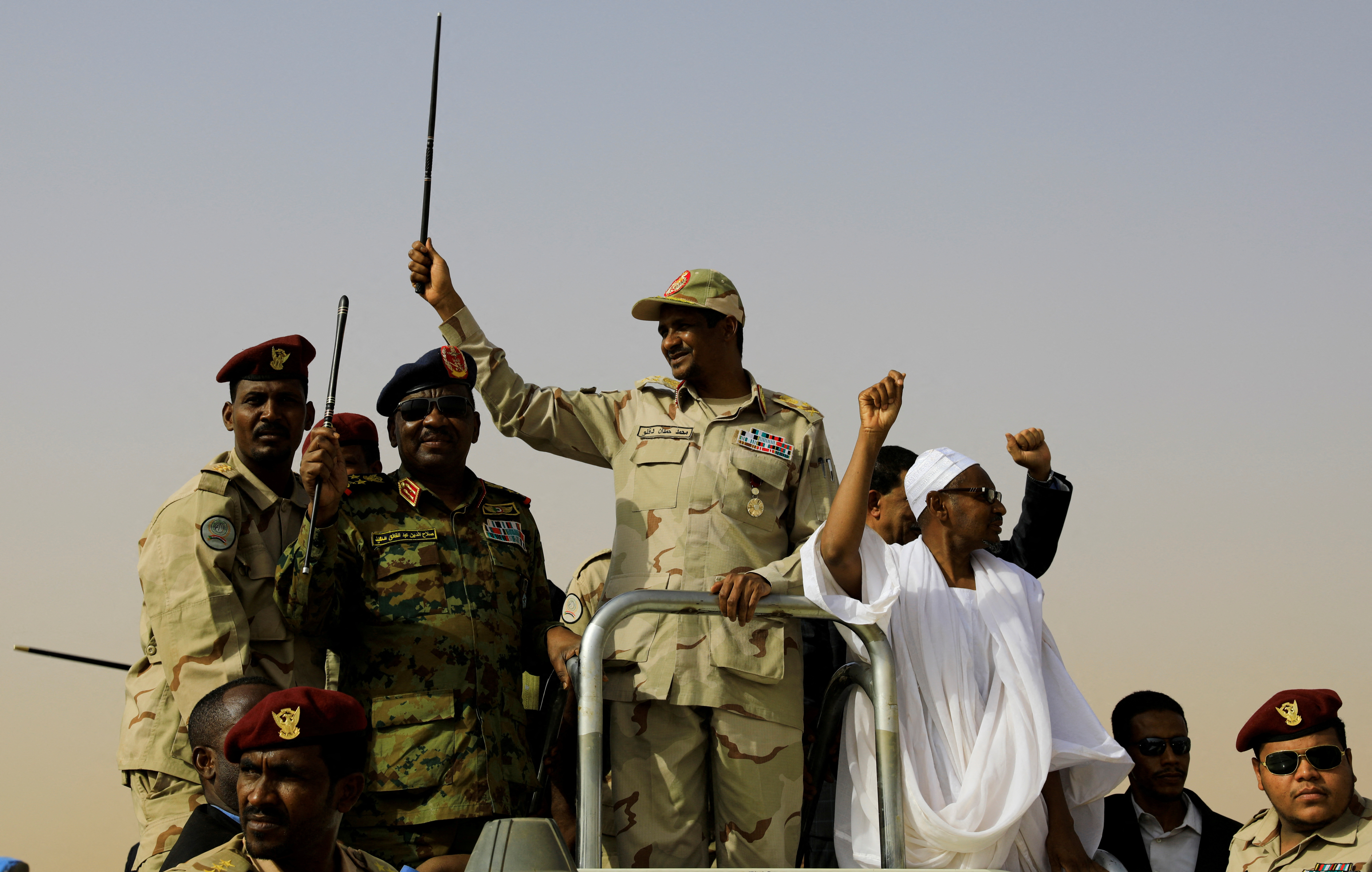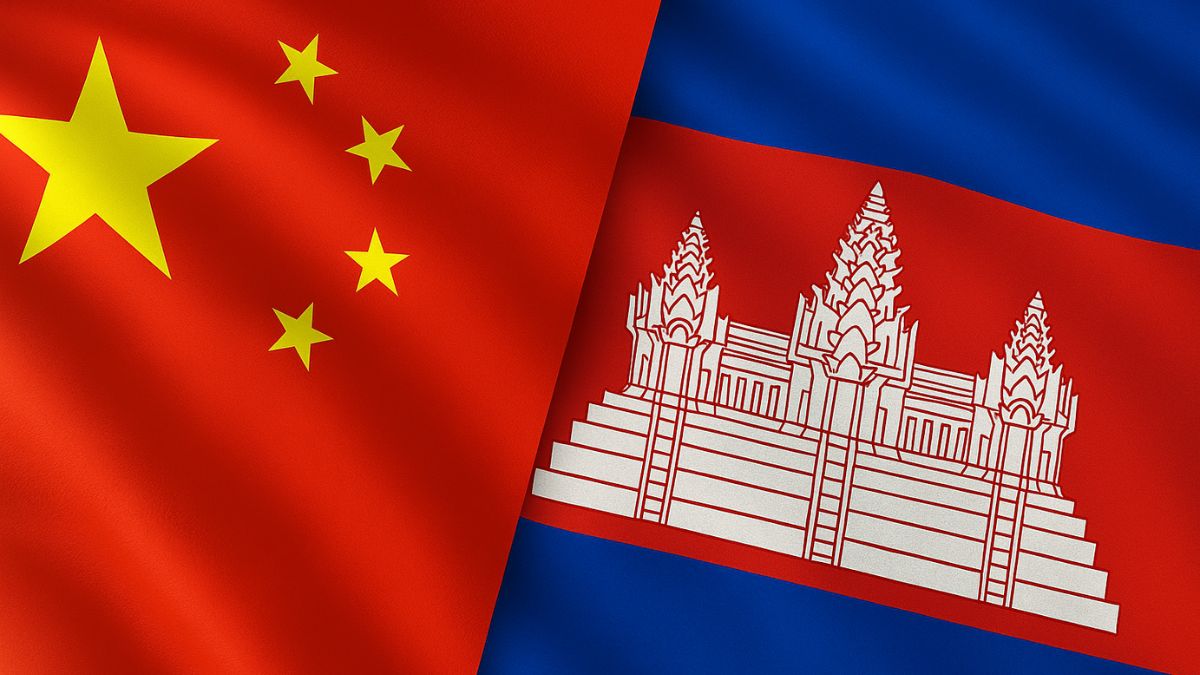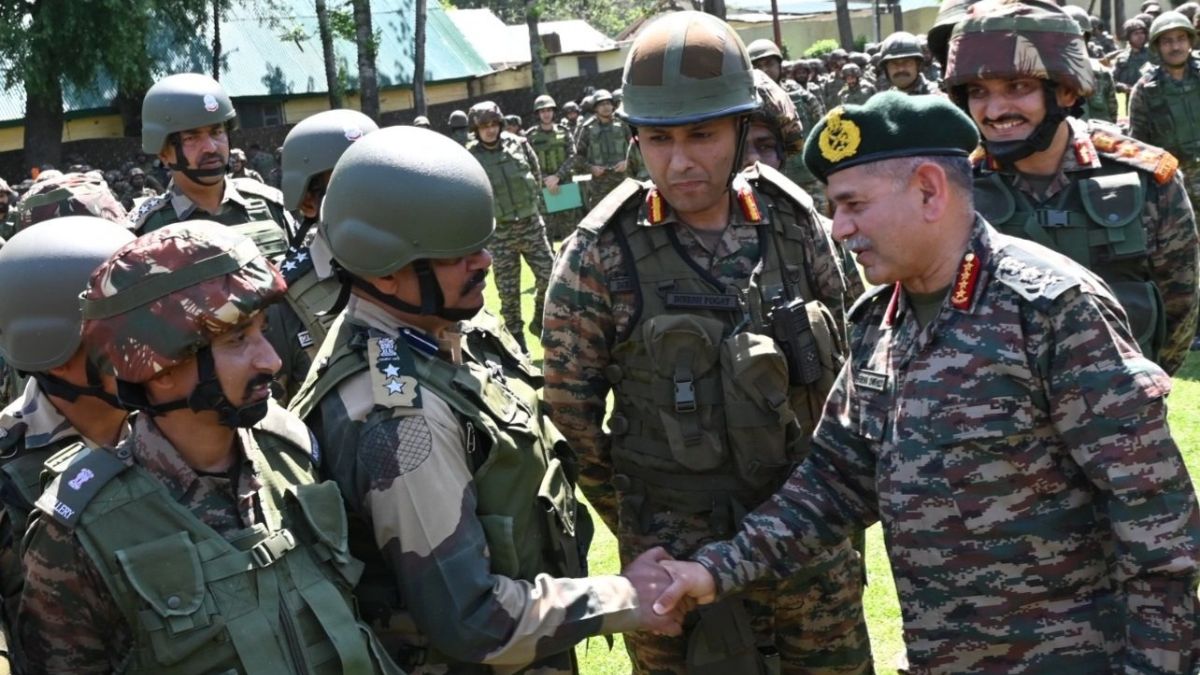Op Sindoor: A Month Since, Here’s How India Brought Pakistan To Its Knees in 3 Days
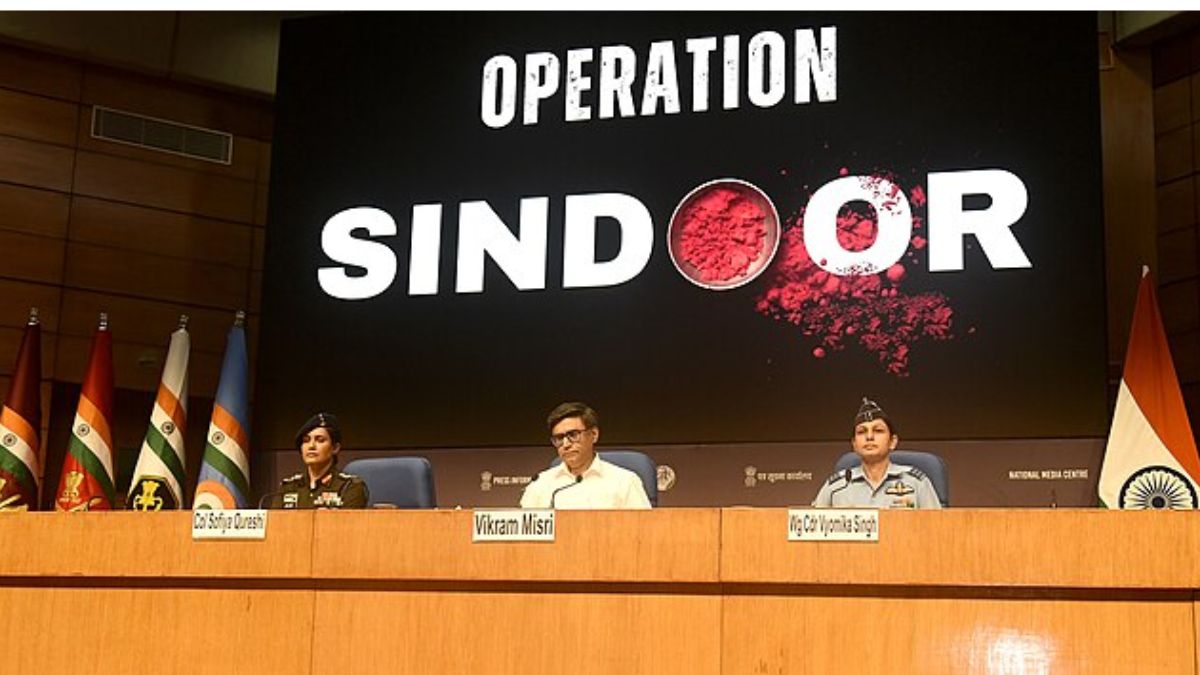
Operation Sindoor Briefing by Indian government officials. Image Courtesy: Ministry of Defence
India’s Operation Sindoor was a resounding success in crippling terror infrastructure and military assets inside Pakistan between May 7 and May 10, 2025. Tuesday (June 10) marks the one-month milestone since Pakistan begged India to stop military operations. That proposal was accepted after the Pakistan Army’s Director General of Military Operations called up his Indian counterpart on May 10, 2025.
India launched “Operation Sindoor,” a series of precision air and missile strikes targeting terrorist infrastructure across Pakistan and Pakistan-occupied Kashmir (PoK), on May 7, 2025. The military operation was a direct response to the Pahalgam terrorist attack on April 22, 2025, which resulted in the deaths of 26 civilians.
The Resistance Front (TRF), a proxy of Lashkar-e-Taiba (LeT), claimed the targeted killing of innocents, after ascertaining their religious identity, at the tourist destination in Jammu and Kashmir.
The Indian government stated that the operation aimed to dismantle the operational capabilities of terrorist organisations, specifically Jaish-e-Mohammed (JeM) and Lashkar-e-Taiba (LeT), without targeting Pakistani military or civilian facilities, as a non-escalatory measure.
What are the Pakistan-backed terror camps that India destroyed during Operation Sindoor?
Abbas – Kotli, Pakistan-occupied Kashmir
Affiliation: Jaish-e-Mohammed (JeM)
Functioned as a training and indoctrination center for JeM militants.
Subhan Allah – Bahawalpur, Punjab, Pakistan
Affiliation: Jaish-e-Mohammed (JeM)
Located near Ahmedpur East, this facility served as a significant training camp for JeM operatives.
Markaz-e-Taiba – Muridke, Sheikhupura, Punjab, Pakistan
Affiliation: Lashkar-e-Taiba (LeT)
Considered the headquarters of LeT, this complex was used for recruitment, training, and planning of terrorist activities.
Mehmoona Joya – Sialkot, Punjab, Pakistan
Affiliation: Jaish-e-Mohammed (JeM)
A facility used for the indoctrination and training of JeM militants.
Shawai Nala – Muzaffarabad, Pakistan-occupied Kashmir
Affiliation: Lashkar-e-Taiba (LeT)
A strategic location for training terrorists and launching them into Indian territory.
Syedna Bilal – Muzaffarabad, Pakistan-occupied Kashmir
Affiliation: Lashkar-e-Taiba (LeT)
Served as a hub for LeT’s operational planning and training.
Gulpur – Kotli, Pakistan-occupied Kashmir
Affiliation: Jaish-e-Mohammed (JeM)
Used for training and housing of JeM operatives.
Barnala – Bhimber, Pakistan-occupied Kashmir
Affiliation: Lashkar-e-Taiba (LeT)
Functioned as a launch pad for terrorists’ infiltration into Jammu and Kashmir.
Sarjal – Sialkot, Punjab, Pakistan
Affiliation: Jaish-e-Mohammed (JeM)
A training camp facilitating JeM’s operations.
What Pakistani military infrastructure did India destroy?
On May 8, 2025, India destroyed a couple of military assets in retaliatory strikes against Pakistan’s artillery and drone attacks on civilians across the border. It also included a sports stadium in Rawalpindi, a stone’s throw away from the Pakistan military’s general headquarters (GHQ), sending the relevant message that it could hit anywhere inside Pakistan at will.
Lahore Missile Defence System
Location: Near Lahore, Punjab, Pakistan
Chinese-made HQ-9 surface-to-air missile defence system was targeted and Lahore’s missile defence system was neutralised by Indian forces using precision strikes. The destruction of this system compromised Pakistan’s air defence capabilities in the region.
Military Base Malir
Location: Malir Cantonment, Karachi, Sindh, Pakistan
Air defence and lodger units base were targeted and successfully struck by the Indian Air Force. The base, responsible for maintaining air defence readiness, suffered significant damage, affecting its operational capabilities.
India then followed up with a sucker punch on May 10, 2025, when it directly hit Pakistan Air Force’s (PAF’s) air bases and military assets. This attack crippled the Pakistani military capabilities. With some push from the United States, Pakistan Army DGMO made a frantic call to his Indian counterpart to stop the military exchanges.
Of course, US President Donald Trump claimed credit for ending the military conflict. India accepted the offer from Pakistan, but has kept Operation Sindoor alive, as a signal of zero tolerance to terrorism emanating from Pakistan.
Chaklala (PAF Base Nur Khan) – Islamabad, Pakistan
Infrastructure: Strategic airbase housing refuelling aircraft and mobile command centres.
Two mobile control centres were destroyed at Chaklala; a refuelling aircraft hangar was struck and rendered inoperable.
Rahim Yar Khan Airport/Base – Punjab, Pakistan
Infrastructure: Dual-use (civilian/military) airstrip for logistics and support.
Here, the runway was cratered; Royal Lounge and adjoining facilities were damaged by precision munitions.
Sargodha (PAF Base Mushaf) – Punjab, Pakistan
Infrastructure: One of Pakistan’s key air command centres; hosts fighter squadrons and command units.
Two runway sections were struck, temporarily disabling operations at the base.
Rafiqui (PAF Base Rafiqui/Shorkot) – Punjab, Pakistan
Infrastructure: Fighter base supporting combat and training squadrons.
The base was targeted with missile and drone strikes; operational facilities were disrupted.
Murid (PAF Base Murid) – Chakwal District, Punjab, Pakistan
Infrastructure: Base for UAV and UCAV (unmanned combat aerial vehicle) deployment and operations.
India’s strike disrupted UAV operations from the base; communication and satellite link stations were likely affected.
Sukkur Airport/Base – Sindh, Pakistan
Infrastructure: Forward operating airstrip with radar and maintenance facilities.
Aircraft hangar collapsed; radar station destroyed.
Sialkot International Airport/Base – Punjab, Pakistan
Infrastructure: Strategic civilian-military dual-use airport with secure runways and tarmac for fighter jet use.
The strike caused structural damage to the apron and nearby hangar facilities.
Pasrur (Radar Installation) – Near Sialkot, Pakistan
Infrastructure: Early warning radar and airspace monitoring station.
The radar installation was directly struck and disabled.
Chunian (PAF Base Chunian) – Punjab, Pakistan
Infrastructure: Secondary military airfield used for forward deployment and training.
The runway and base logistics infrastructure were hit.
Bholari (PAF Base Bholari) – Near Karachi, Sindh, Pakistan
Infrastructure: High-value AEW&C (Airborne Early Warning and Control) base housing Saab 2000 Erieye aircraft.
One aircraft hangar destroyed, leaving a 60-foot-wide crater; believed to have housed AEW&C aircraft at the time.
Jacobabad (PAF Base Shahbaz) – Sindh, Pakistan
Infrastructure: Major operational airbase for fighter and support aircraft; key hub in southern air defence.
The hangar was destroyed with a 100-foot crater; the air traffic control tower was damaged, disrupting operations.
These targeted strikes were part of a broader Indian strategy to dismantle the infrastructure supporting cross-border terrorism. The Indian government emphasised that the operation was “focused, measured, and non-escalatory,” aiming solely at terrorist infrastructure. However, Pakistan’s military response resulted in India taking out their army and air force assets all across the length and breadth of Pakistan.
Operation Sindoor’s success marked a significant step in India’s counter-terrorism efforts, demonstrating its capability and resolve to neutralise threats from across the border. It also sends across a strong signal to Pakistan in particular and the world at large that India would not sit twiddling its thumbs anymore if Pakistan funded, supported, trained, and pushed terrorists into India to carry out attacks. Operation Sindoor, like the 2016 surgical strike and the 2019 Balakot air strike, called the bluff on Pakistan’s nuclear weapons threats.
